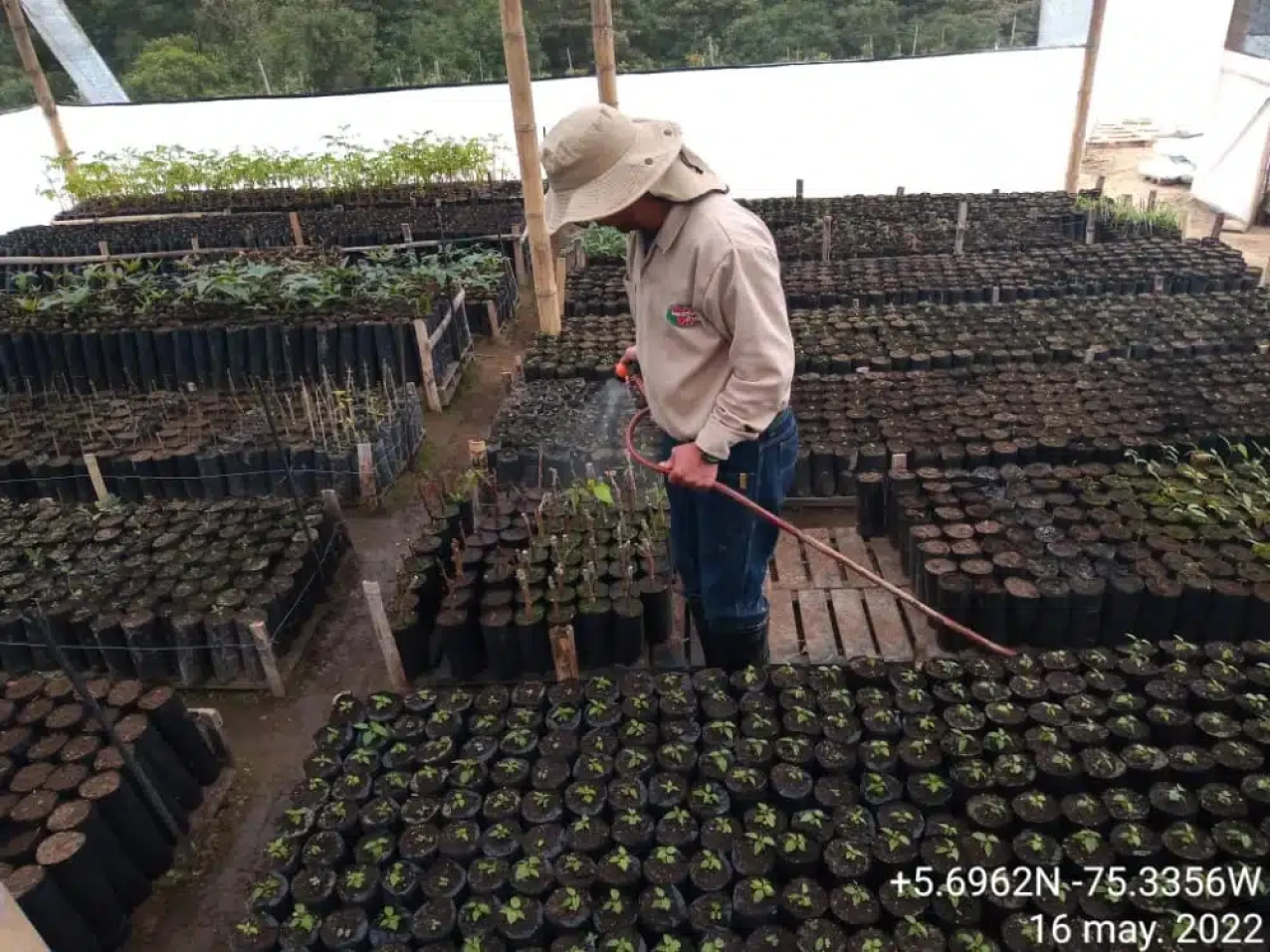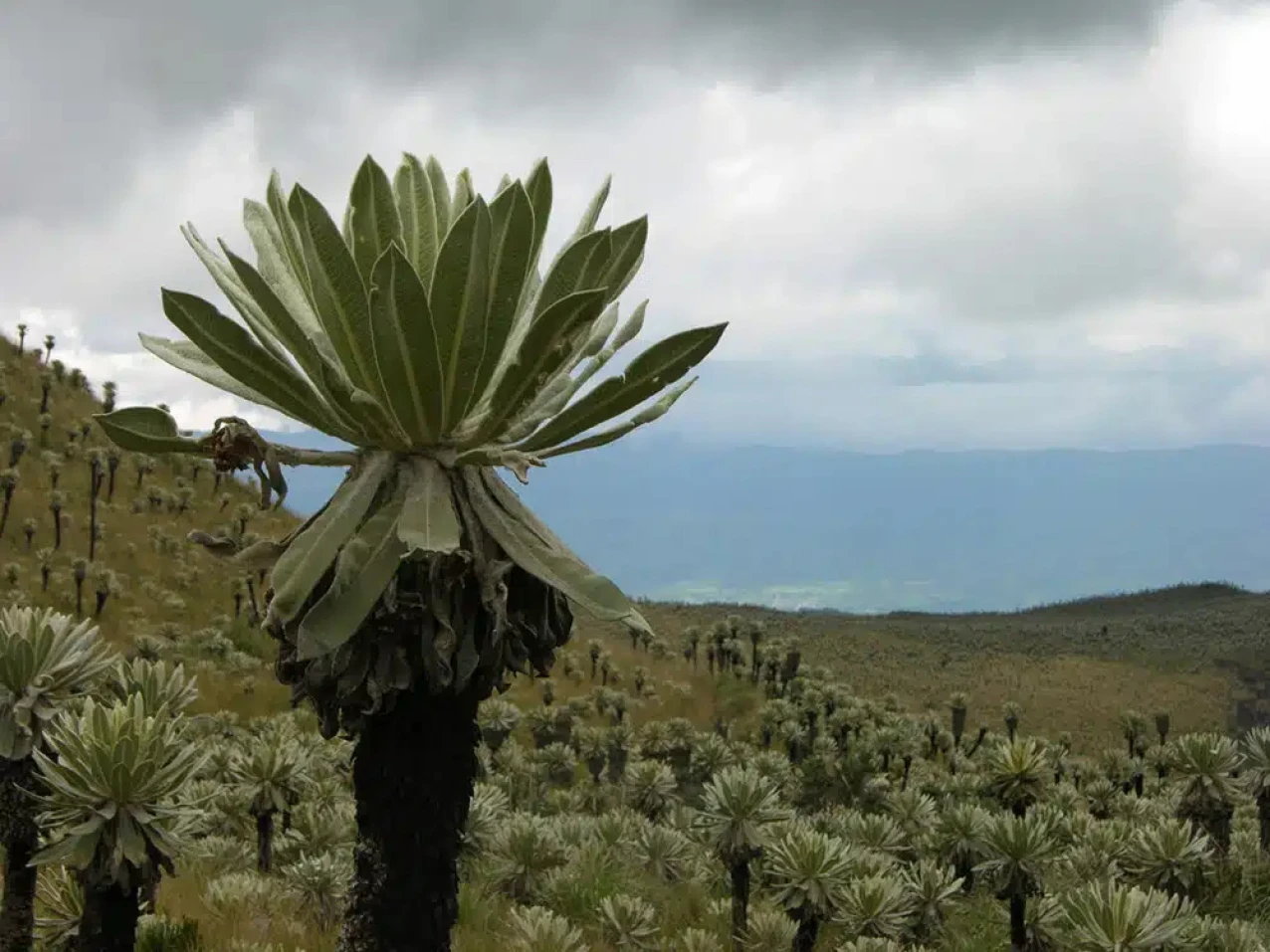
“We’ve built a 500m2 tree nursery on the La Loma farm to propagate indigenous tree species of high ecological value. We have now planted more than 7,000 trees and with our nursery capacity at 10-15 thousand seedlings per year, we are on track to plant more than 20,000 trees by 2025. We anticipate that the carbon sequestration per hectare is 35 tons CO2 each year which also supports our goal of being carbon neutral by 2030.” said Francisco Lorza, Technical Director of the project.
The trees produced by the reforestation project are delivered to the local Secretariat of Rural Assistance and Environment, community action committees and Westfalia’s orchards, reflecting the company’s sustainable approach to business and its commitment to ensuring the conservation and management of natural resources.
The project employs four local community members and around forty volunteers and employees from the farms prepare the soil and undertake planting activities. The local communities involved also receive financial contributions from the municipality for projects that benefit the environment.

But there are challenges, particularly with propagating some indigenous trees. None of the seeds used by the nursery are purchased however some species are difficult to either find in the local forest or reproduce as they require specific conditions for germination. In the past this had led to a decline in some tree species including the Siete Cueros which is now a focus of the project.
“Despite the hurdles that we need to overcome, we are very proud that our work supports local, regional and national policies to promote environmental care and biodiversity. We are developing nature based solutions, which help to restore high mountain ecosystems, create biological corridors and positively manage our carbon footprint, making our production more friendly to the planet,” said Edwuar Riaño, Forestry Engineer and Environmental Coordinator of Westfalia Fruit Colombia.
Westfalia in Colombia is now developing a complementary project to protect high mountain local water sources that supply several communities and help to protect biological corridors. The success of the current initiative gives Riaño hope for the future, “When you walk around Sonsón in some areas you can see the trees that have been produced in the nursery and that are now part of our local forests supporting the local birdlife, in particular the Barranquero (Momotus aequatorialis) It’s a good feeling,” he concluded.


